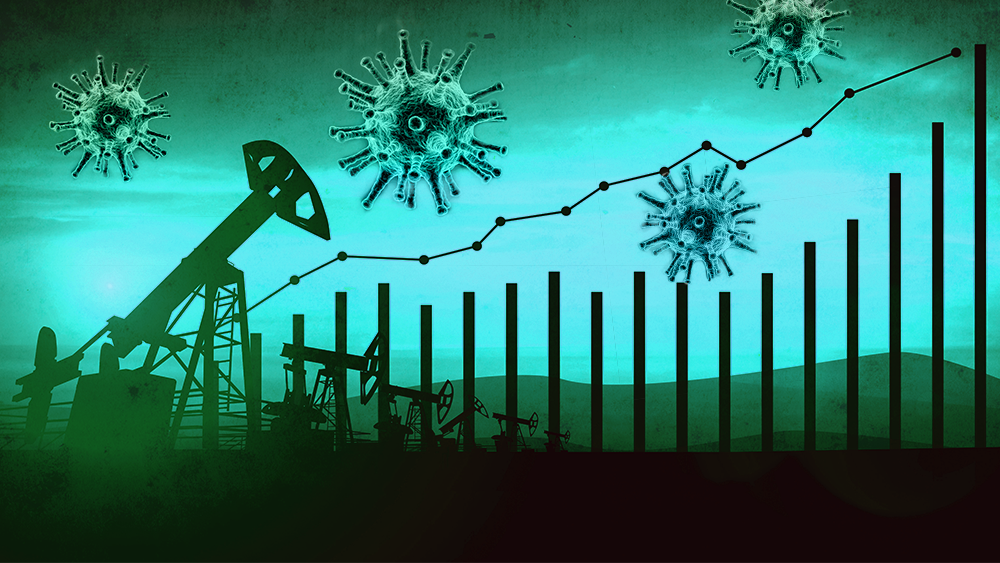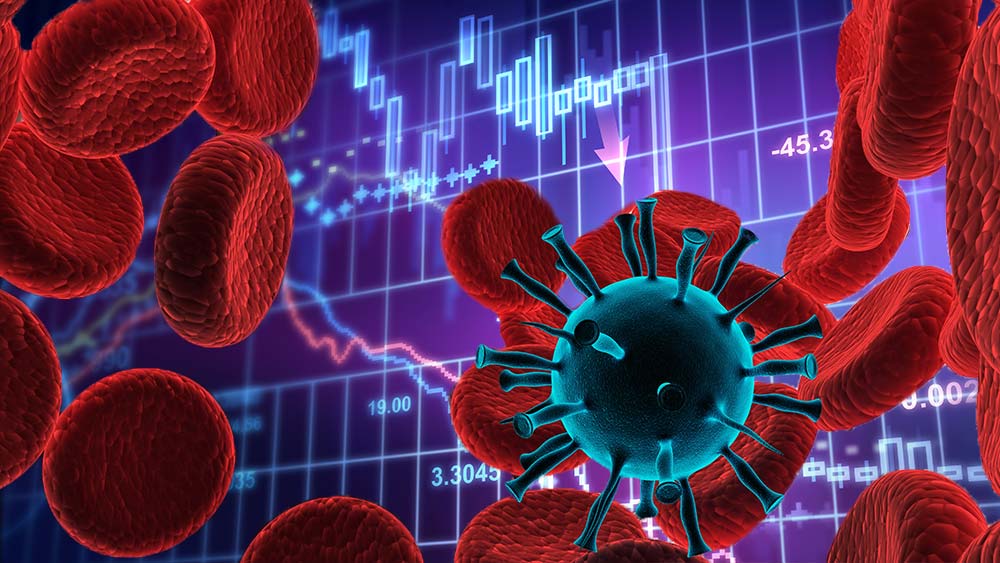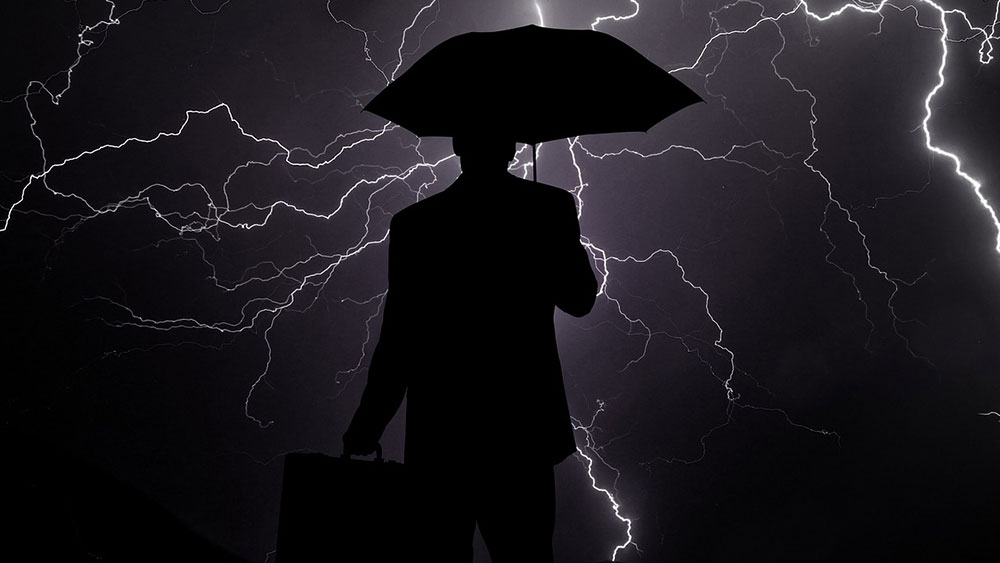
In the first part of the article we examined the effect of the coronavirus COVID-19 in China has on some of the neighbouring countries. In this we will turn our attention to the industries reaching far beyond China.
Since China produces all kinds of goods and components for other goods, the quarantine in Wuhan, which is a significant industrial and transportation hub, as well as the overall transport limitations, inevitably affect the production of almost everything – from smartphones, through automobiles, to medications.




